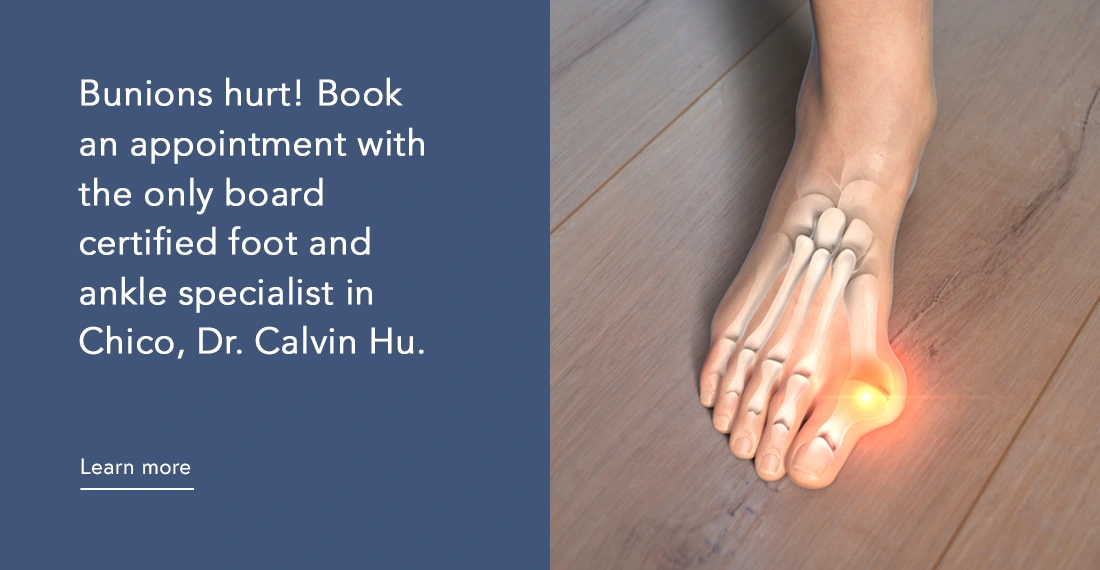Total Shoulder Replacement
Why a shoulder replacement?
The shoulder allows a wider range of motion than any other joint. It allows for 360-degree motion. The main reason for shoulder replacement surgery is severe osteoarthritis that substantial impairs function making normal activities painful and difficult and results in a poor quality of life.
Osteoarthritis (OA) is also known as wear and tear arthritis or degenerative joint disease. OA is common, especially in people over the age of 60. OA affects more than 30 million Americans. OA is caused by joint damage that accumulates over time, and from past injuries like torn cartilage, joint dislocations and ligament damage.
Standard total shoulder replacement is also called total shoulder arthroplasty or TSA. People with end-stage shoulder arthritis and those with severe traumatic shoulder damage, who suffer with pain and dysfunction, can benefit from a TSA when all nonsurgical options have been tired and have failed to substantially improve pain and function. Joint replacement is the last best option to restore function and quality of life.
Clinical studies report that TSA is a cost-effective and successful surgery for shoulder pain relief, improved function and to restore quality of life and independence. It is increasing in popularity as the population ages. Overall complication and revision rates are low, and implants are long-lasting.
What is total shoulder arthroplasty (Standard shoulder replacement surgery)?
TSA is the most common type of shoulder replacement. Surgery involves replacement of the diseased or damaged ball (head of the upper arm bone) and socket joint with artificial components (prosthesis). The ball is replaced with an anatomically correct, polished metal prosthesis that is attached to the remaining bone, and the socket is covered with medical grade plastic. The goal is to relieve pain and improve mobility. The great majority of patients experience significant improvement with their pain and experience increased function which enables them to return to activities of daily life within a year after surgery.
Who is a good candidate for TSA?
People with severe shoulder OA, inflammatory arthritis (Rheumatoid Arthritis and Psoriatic Arthritis), posttraumatic degenerative OA, and serious shoulder injuries in patients with an intact rotator cuff. The success of the surgery hinges on the health of the rotator cuff.
Younger patients who play various sports that require repetitive movements can suffer early onset of osteoarthritis and require joint replacement. The majority of recreational athletes under age 55 who undergo TSA are able to return to some level of recreational sports and activities without difficulty.
What is reverse total shoulder arthroplasty (rTSA)?
A reverse TSA provides significant pain relief, improved function and range of motion as well as restoring quality of life, when the patient has severe rotator cuff dysfunction. An rTSA replaces the ball and socket but is used for certain complex shoulder conditions including:
- large rotator cuff tears
- cuff tears coupled with end stage arthritis
- for patients who have previously had TSA
- People with serious fractures of the upper arm bone. These patients do not qualify for a TSA because their rotator cuff is significantly damaged.
The TSA procedure differs from the TSA in that the replaced ball is attached to the shoulder bone, and the socket is attached to the upper arm bone. The rotator cuff function is assumed by the arm muscles and compensated for by the mechanics of the shoulder replacement. More than 90% of patients experience significant pain relief and improved mobility and quality of life.
Who is a good candidate for TSA?
People with end – stage OA of the shoulder, compound fractures of the humerus and a deficiency of the rotator cuff who suffer with severe shoulder joint pain that interferes with daily life, and moderate to severe pain at rest which interferes with sleep.
The Procedure
Shoulder replacement surgery can be performed as an inpatient or depending on the patients overall health as an outpatient procedure. Discuss your options with your OANC board-certified surgeon.
Recovery after shoulder replacement surgery
Rehabilitation is begun within a day of surgery. Most patients need assistance for a month or more. It can take about six weeks to restore daily activities of life and six months to return to recreational activities. Your shoulder replacement should last 15-20 years.
Contact OANC with offices in Chico, California to learn about all your options to restore your level of play whether it is golf, tennis, or playing with your grandchildren.





